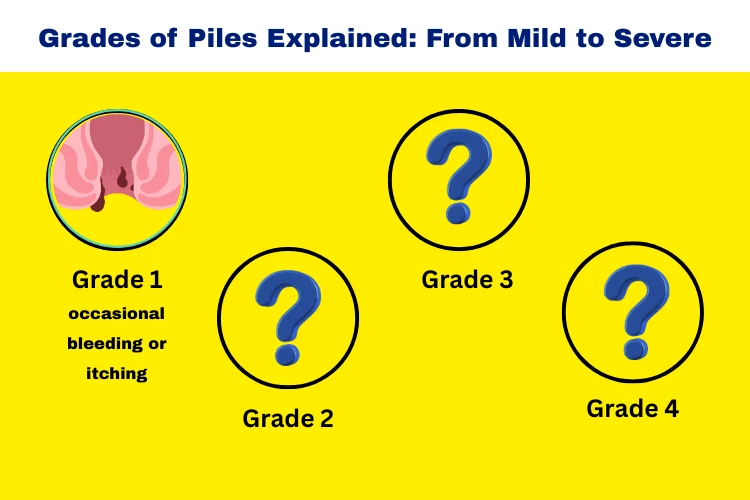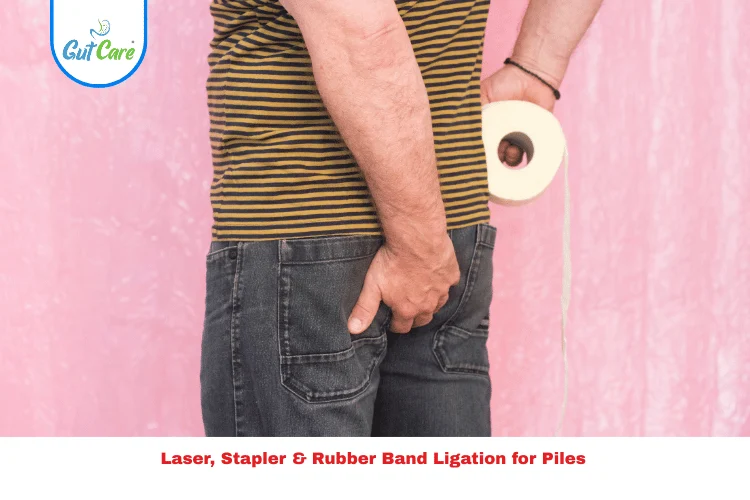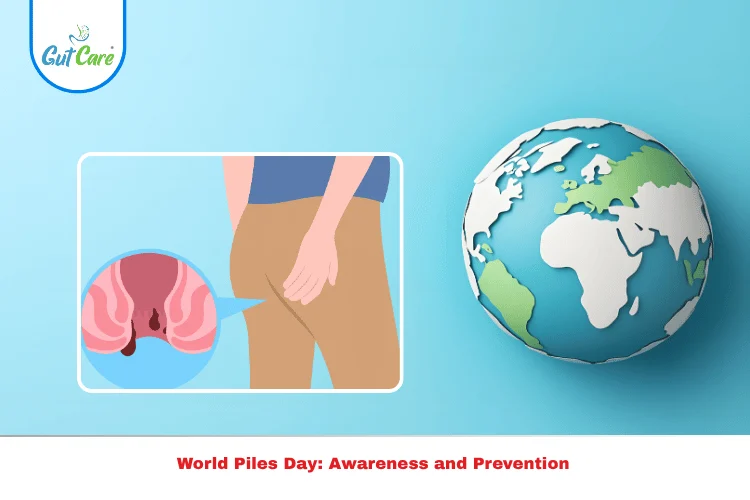Four Grades of Piles Introduction: Piles, commonly referred to as hemorrhoids, are swollen and inflamed veins in the rectum and anus that can cause discomfort, bleeding, and itching. While they are not usually life-threatening, they can significantly affect one’s quality of life. One of the most effective ways to manage piles is by understanding the severity or grade of the condition, which helps determine the best treatment approach. Hemorrhoids are classified into four grades based on the level of prolapse and associated symptoms.
Let’s explore each grades of piles in detail, their symptoms, and the treatment options available.
Grade 1: Mild Hemorrhoids
Grade 1 hemorrhoids in the grades of piles are the least severe form. They are internal hemorrhoids that remain inside the rectum and may not be visible externally. At this stage, you may not experience much discomfort, but some symptoms might still occur.
Common Symptoms:
- Painless rectal bleeding during bowel movements
- Itching or irritation in the anal region
- Mild discomfort or swelling
Treatment:
- Increase fiber intake through fruits, vegetables, and whole grains
- Drink plenty of water to soften stools
- Use over-the-counter creams or suppositories
- Adopt good bathroom habits (avoid straining and sitting for long periods)
Grade 1 piles often improve with lifestyle changes and basic home remedies.
What Is Grade 1 Piles and How to Manage It Without Surgery
Grade 2: Prolapse During Bowel Movements
Grade 2 hemorrhoids in the grades of piles protrude out of the anus during bowel movements but retract back on their own afterward. The symptoms are slightly more pronounced than in Grade 1 and may cause more noticeable discomfort.
Common Symptoms:
- Protrusion during straining that goes back in on its own
- Bleeding during or after bowel movements
- Itching, irritation, and occasional pain
Treatment:
- Lifestyle and dietary adjustments
- Sitz baths to soothe inflammation
- Non-surgical treatments such as rubber band ligation, infrared coagulation, or sclerotherapy
These treatments are minimally invasive and can be performed on an outpatient basis.
Grade 3: Manual Reduction Needed
In Grade 3, hemorrhoids prolapse or hang out of the anus and need to be manually pushed back inside. They can cause significant discomfort and may become more persistent.
Common Symptoms:
- Hemorrhoids that come out and need to be pushed back manually
- Painful swelling and tenderness
- Persistent bleeding and discomfort during sitting or walking
Treatment:
- Minimally invasive treatments may still be attempted
- If not effective, surgical procedures such as hemorrhoidectomy or stapled hemorrhoidopexy may be necessary
- Pain management and wound care post-treatment are crucial for recovery
Grade 3 hemorrhoids should be evaluated by a doctor to avoid further complications.
Grade 4: Irreducible Hemorrhoids
Grade 4 in the grades of piles is the most severe stage. Hemorrhoids are permanently prolapsed and cannot be pushed back into the anus. At this stage, they may become thrombosed (develop blood clots) or ulcerated.
Common Symptoms:
- Constant external prolapse
- Severe pain and irritation
- Difficulty sitting, walking, or performing daily activities
- Risk of infection, thrombosis, and bleeding
Treatment:
- Surgery is often required, especially if the hemorrhoids are thrombosed
- Options include traditional hemorrhoidectomy or more advanced procedures like laser surgery
- Post-operative care involves pain management, proper hygiene, and wound healing
Ignoring Grade 4 hemorrhoids can lead to serious health issues. Immediate medical attention is recommended.
Prevention Tips for All Grades Of Piles
Regardless of the grade, taking preventive steps can help manage and reduce the risk of piles:
- Eat a high-fiber diet to prevent constipation
- Stay hydrated
- Exercise regularly to maintain healthy bowel movements
- Avoid prolonged sitting, especially on the toilet
- Don’t ignore the urge to pass stool
Practicing these habits can significantly reduce your chances of developing or worsening hemorrhoids.
Frequently Asked Questions (FAQs)
1. Can piles heal without treatment?
Yes, early-stage piles (Grade 1) can improve with lifestyle and dietary changes, but advanced stages may need medical intervention.
2. Are external hemorrhoids graded the same way?
No, the four-grade classification is specific to internal hemorrhoids. External hemorrhoids are assessed differently based on visibility and severity.
3. How do I know what grade of hemorrhoids I have?
Only a medical professional can accurately diagnose the grade based on symptoms and physical examination.
4. Can lifestyle changes prevent piles from progressing?
Yes, adopting a high-fiber diet, staying hydrated, and maintaining good bathroom habits can prevent progression.
5. Is surgery always necessary for Grade 3 or 4 piles?
Not always. Some Grade 3 piles respond to non-surgical treatment, but surgery is often recommended for Grade 4.
6. Can hemorrhoids come back after treatment?
Yes, recurrence is possible if preventive measures are not followed. Long-term care is important.
Conclusion
Understanding the grades of piles can help in timely diagnosis and appropriate treatment. From mild discomfort to severe prolapse, each stage requires a unique approach. Early detection and lifestyle modifications can make a significant difference in managing this common yet troublesome condition.
Take control of your health today—don’t ignore the early signs of piles!




